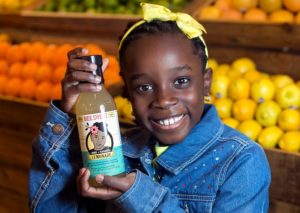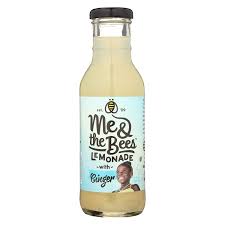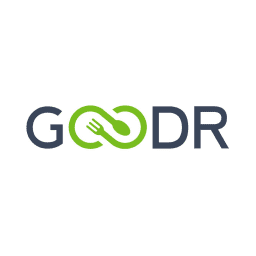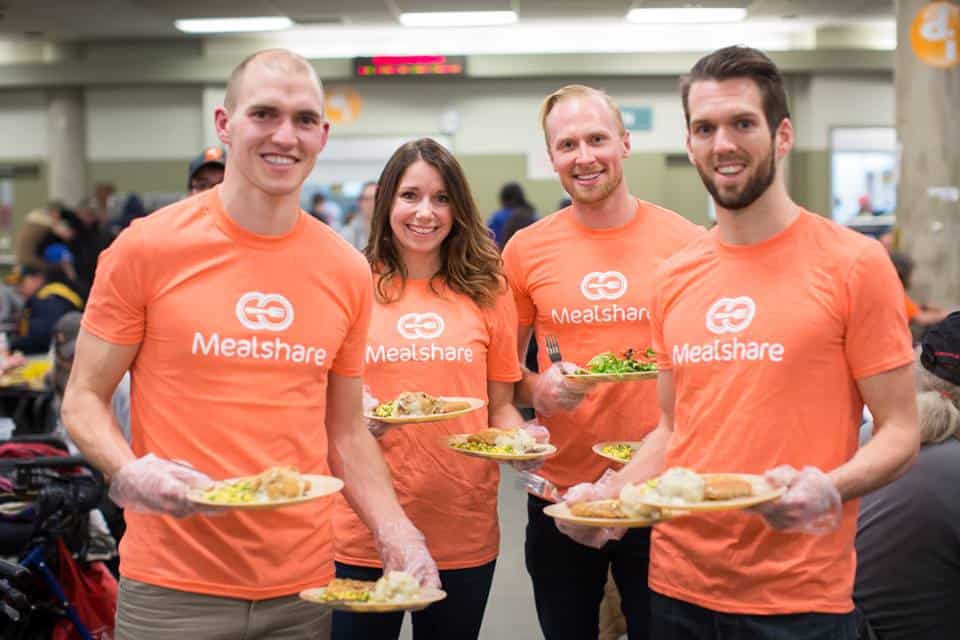
U.S. grocery stores lose $18 billion in spoiled food each year. This is about 8% of fresh food and 8 million tons that ends up in landfills. After years of observing this inefficiency from the inside, Matt Schwartz teamed up with two of his friends from grad school at Stanford, Nathan Fenner and Volodymyr Kuleshov, to solve this problem in 2016. These three entrepreneurs spent thousands of hours observing grocery store managers to learn how to build a tool that could be easily integrated into the process. They use AI to predict how much produce grocery stores should order by analyzing many factors such as customer preference for certain varieties of produce at different times of the year and the effect of weather on areas where produce is growing. The data engine automates as much as possible, but it also has an interface to easily interact with store associates when necessary. The AI is also self-monitoring in order to maximize the effectiveness of the tool.
Fresh food is difficult to maintain in proper quantity because of its short life span, but Afresh is helping grocery stores have the right amounts of fresh produce at the right times to minimize waste and have the products that customers want available. Afresh is a major innovation in an area that had been stagnant for a long time. As a result, several large grocery stores have expressed in the company, and it has raised $7.8 million in investments. Many of the stores participating in the development have seen their waste cut in half. Afresh is now being used by Fresh Thyme, WinCo Foods, and Heinen’s Grocery Store. Each store pays several thousand dollars per year for Afresh, but still increasing their profits because they have the right amount of fresh produce in the store.









 How many of you have had a peanut butter jelly sand which in your life? Okay, I’m assuming that most of you said yes to that. Now how many of you got to experience sitting in the kitchen, watching your grandma crank out twenty jars of fresh made jam? Probably not as many of you can say yes to that. Fortunately, Fraser Doherty can. Doherty is the creator of SuperJam. He created this brand at the old age of 16. Most 16 year olds nowadays are caught up in video games or just living out their final years of high school. Doherty saw an opportunity of making jam 100% from fruit. This simple idea has generated millions of dollars as it has been commercialized and sold all over the world. But Fraser didn’t just take that money for himself. He decided he wanted to help better the world in other ways and has been donating a lot of that money to charity events such as setting up tea parties for elderly people. Because of his gracious acts, Prince Charles even awarded him the MBE for his services to businesses.
How many of you have had a peanut butter jelly sand which in your life? Okay, I’m assuming that most of you said yes to that. Now how many of you got to experience sitting in the kitchen, watching your grandma crank out twenty jars of fresh made jam? Probably not as many of you can say yes to that. Fortunately, Fraser Doherty can. Doherty is the creator of SuperJam. He created this brand at the old age of 16. Most 16 year olds nowadays are caught up in video games or just living out their final years of high school. Doherty saw an opportunity of making jam 100% from fruit. This simple idea has generated millions of dollars as it has been commercialized and sold all over the world. But Fraser didn’t just take that money for himself. He decided he wanted to help better the world in other ways and has been donating a lot of that money to charity events such as setting up tea parties for elderly people. Because of his gracious acts, Prince Charles even awarded him the MBE for his services to businesses. 
 In 2013, cousins Andrew Hall and Jeremy Bryant aspired to create a business based on a simple idea: help restaurants donate meals to the people who need it most.
In 2013, cousins Andrew Hall and Jeremy Bryant aspired to create a business based on a simple idea: help restaurants donate meals to the people who need it most.